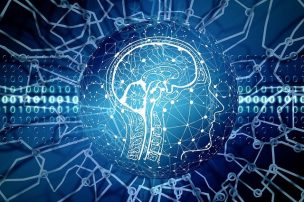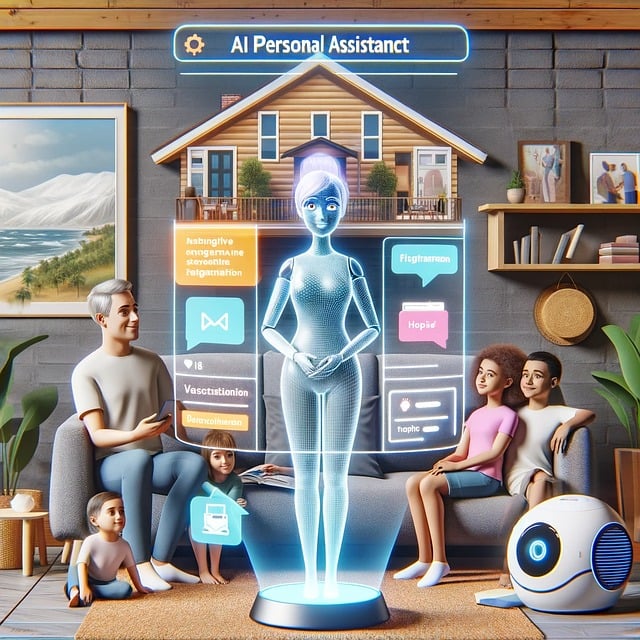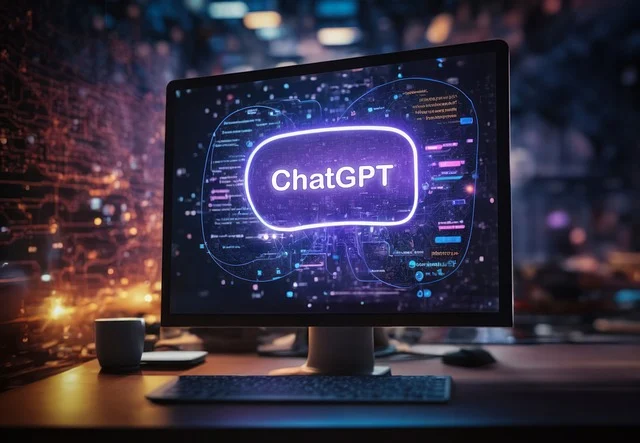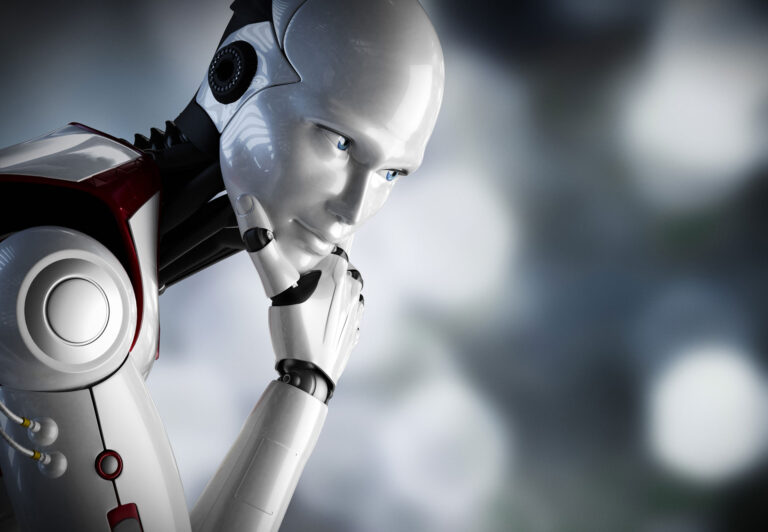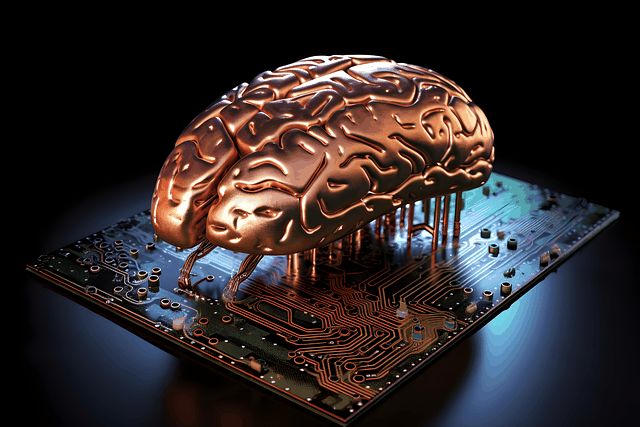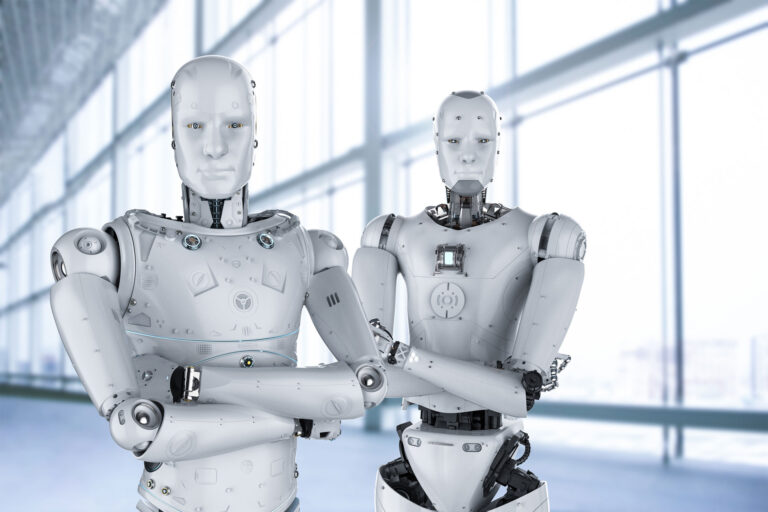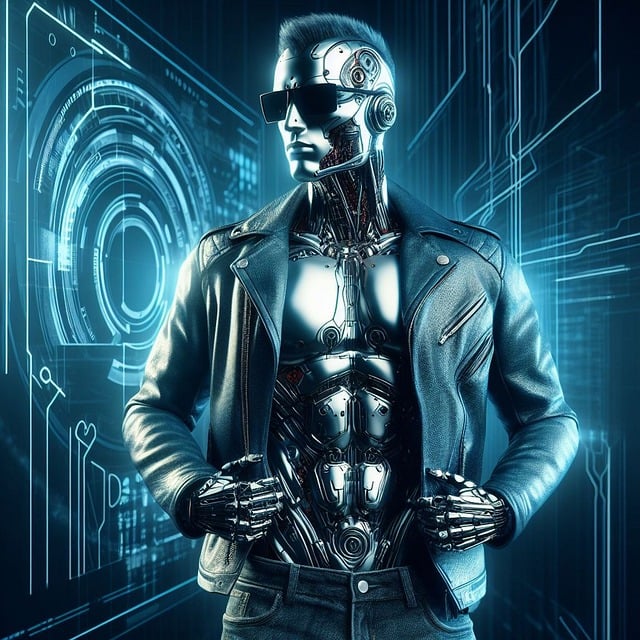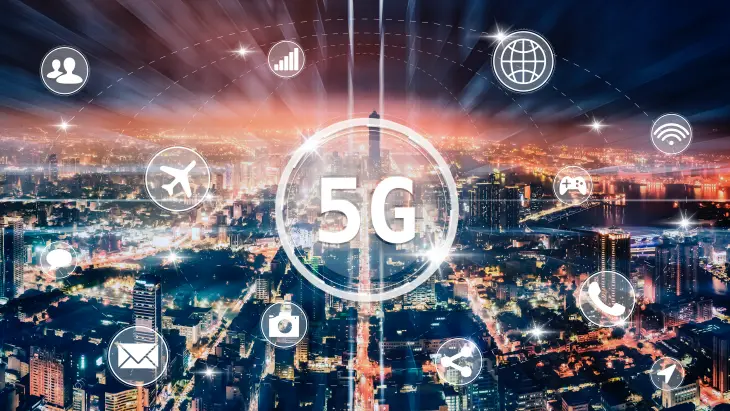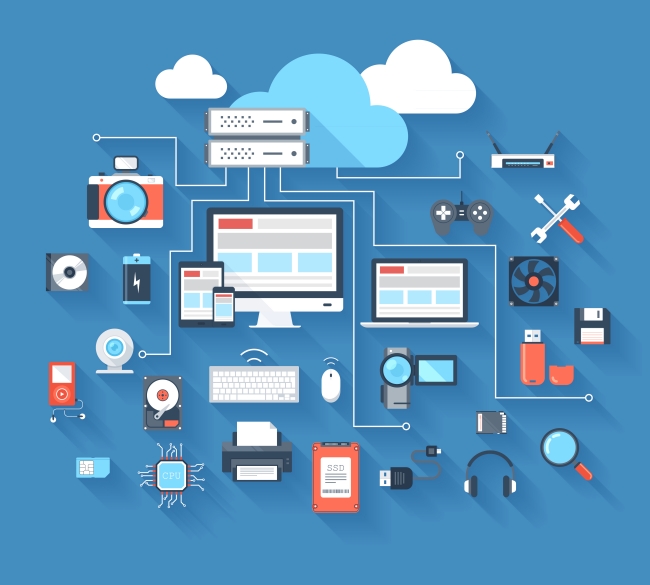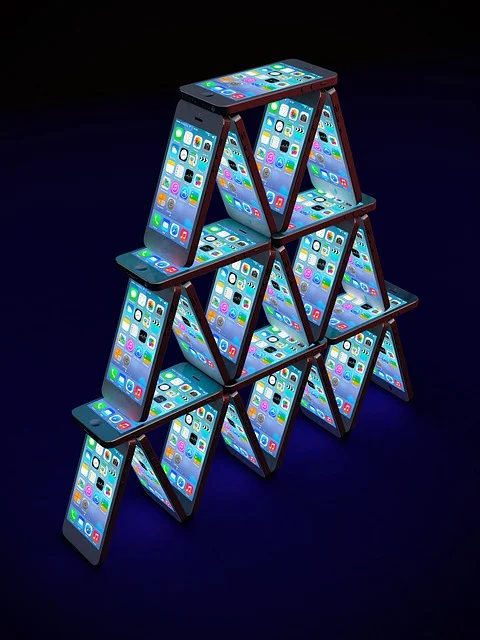Recently, technological advancements using AI, such as ChatGPT, have been attracting attention, but many people may not know how they differ from RPA.
Even if you know that “both can be automated and improve work efficiency and productivity,” you need correct knowledge about the differences to implement them.
In this article, we will explain the differences between RPA and AI, which may seem similar but different, and provide examples of how they can be incorporated into daily work.
<Table of contents>
What is RPA (Robotic Process Automation)?
What is AI (Artificial Intelligence)?
Difference between RPA and AI
Which is better, RPA or AI?
Cases in which it is better to choose RPA Cases in which
it is better to choose AI
What can be done by combining RPA and AI
– Inventory prediction x ordering work
– AI call center x document issuing
– AI OCR x application work
– Email sorting x automatic reply
summary
What is RPA (Robotic Process Automation)?
RPA is a technology that automates routine tasks using software robots. Automate routine tasks performed on a computer using RPA tools. It is possible to have robots memorize and automate tasks that are repeated daily, monthly, or yearly. This can be expected to save time and prevent human errors.
What is AI (artificial intelligence)?
AI is an abbreviation for artificial intelligence, which means artificial intelligence. AI is a technology that learns from and makes decisions from huge amounts of databases. It uses machine learning to think like a human. AI does not perform any work on its own, but is generally incorporated into a system.
Difference between RPA and AI
RPA and AI are both technologies, but the difference is whether or not you make your own decisions. RPA is a technology that automatically repeats specified tasks, and AI is a technology that allows computers to perform intelligent actions to solve problems. AI can analyze huge amounts of data and make predictions and decisions, but RPA does not make predictions or decisions. RPA repeatedly performs a set task, whereas AI makes predictions and decisions based on data, so it does not necessarily repeat the same movements.
Which should I choose: RPA or AI?
We have explained the differences between RPA and AI, and now we will explain which one is best to incorporate into your business.
Cases in which it is better to choose RPA
A case where it is better to choose RPA is when there is a routine task that requires repeating.
For example, let’s say that there is aggregation work to be done every month, and in order to separate sales data by department, product category, etc., you have to do the aggregation work in an in-house system like the one below.
- Extract sales data from internal database
- Import into aggregation system
- Start counting
- Email notification of completion of aggregation
RPA can automate the repetitive tasks mentioned above. If the person in charge of data collection omits even one step, it will lead to a serious mistake. By using RPA, it is possible to respond to the sudden absence or retirement of the person in charge, and the work always proceeds according to a fixed process.
Cases in which it is better to choose AI
Cases in which it is better to choose AI are jobs where humans make decisions based on data and make analysis and predictions.
For example, it can be used to predict inventory from sales data and derive the required order quantity. You can also predict and analyze changes in sales due to limited-time campaigns and seasons. By repeatedly making predictions, AI will be able to provide more accurate analysis. You can play a role in human resource development and to compensate for labor shortages.
What can be done with the combination of RPA and AI
By combining RPA and AI, tasks handled by multiple people can be resolved quickly and seamlessly. Based on the predictions and judgments made, AI can issue the necessary work instructions to RPA and automate a series of tasks. I will give four specific examples.
Inventory forecast x ordering operations
As mentioned above, it is possible to automate ordering operations using RPA based on inventory and order quantities predicted by AI.
AI makes inventory predictions based on sales data on behalf of inventory and order management personnel. Then, the necessary order quantity is determined from the forecast and the necessary items are specified in the purchase order template processed by RPA. RPA inputs necessary information such as order items and quantities instructed by AI into the purchase order, and sends the order to the supplier.
By combining AI and RPA, it is possible to improve the work efficiency of both the administrator and the person in charge of work, and to eliminate labor shortages.
AI call center x document issuance
Companies operating call centers are increasingly introducing AI. In particular, there are cases where call operations are entrusted to AI and the issuance of documents based on the hearing content is automated using RPA.
The AI in charge of call operations reads out questions from prepared scenarios, analyzes the customer’s answers, and based on the answers provided via touch-tone phone, determines what documents are required for the customer and provides instructions to the RPA. . After determining whether the required document is, for example, a cancellation letter or a document confirming changes to the contract, it instructs RPA to prepare the appropriate document. When instructed, RPA automatically performs a series of steps to fill out, issue, and send the relevant documents. It can be expected to save time compared to issuing documents based on human judgment.
AI OCR×Application work
We would like to introduce a case study in which it was actually introduced in a local government. This is a combination of RPA, which reads paper application forms using AI OCR and registers the digitized content in the system. OCR is a technology that converts characters written on paper into data, and the feature of AI OCR is that even characters that are difficult to read can be predicted and read using AI. The data read by AI OCR is input into the application system by RPA and registered. This process reduces time spent filling out paper applications and allows you to focus on value-added tasks.
Email sorting x automatic reply
There is a method that uses AI to classify emails, automatically sort them, and automatically send replies tailored to the received content.
AI analyzes the content of the email and determines the appropriate response based on pre-prepared response patterns.
The AI then instructs the RPA to create a reply email, send it, and automate the entire process. This eliminates the worry of stressing customers due to delays in replies due to a lack of operators. Additionally, by having AI prioritize emails, you can perform your work more efficiently.
summary
We have explained RPA and AI, but did you understand that they each can do different things?
RPA and AI are both indispensable technologies for companies aiming to automate operations and avoid individualization.
There are many problems that this can solve. To achieve this, it is necessary to make appropriate judgments about what kind of system is required.
In the future, technology will continue to advance and we will be able to achieve even more efficient work than we currently do. Tech Farm will continue to research these technologies and provide you with the latest information.

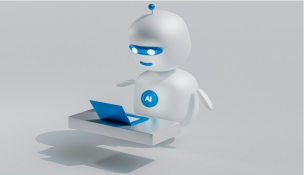


![[2024 Technology Trends] Featured technologies from tech firm technical advisors [2024 Technology Trends] Featured technologies from tech firm technical advisors](https://revolutionnotes.com/wp-content/uploads/2024/02/man-8442149_640-299x214-1.png)



